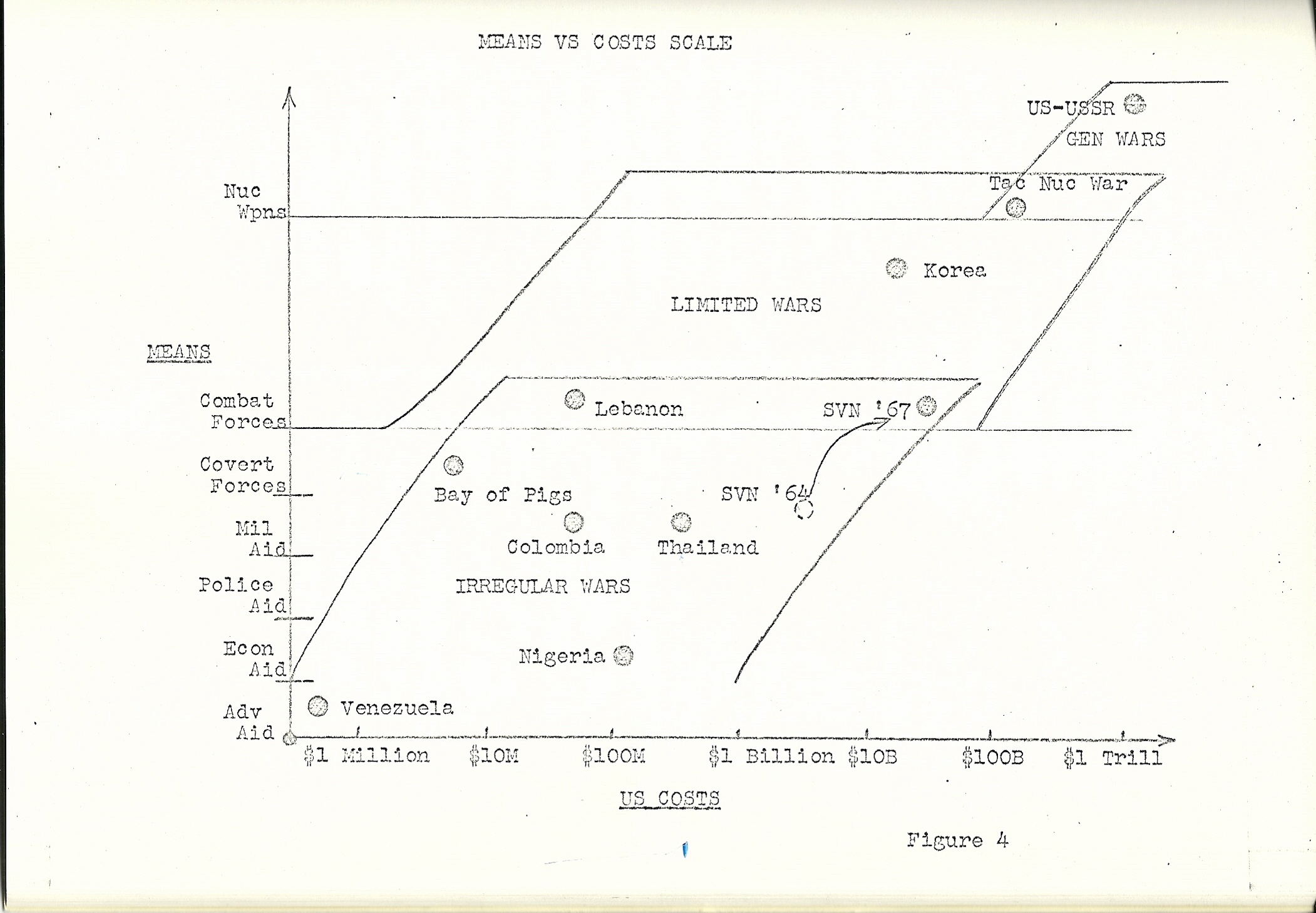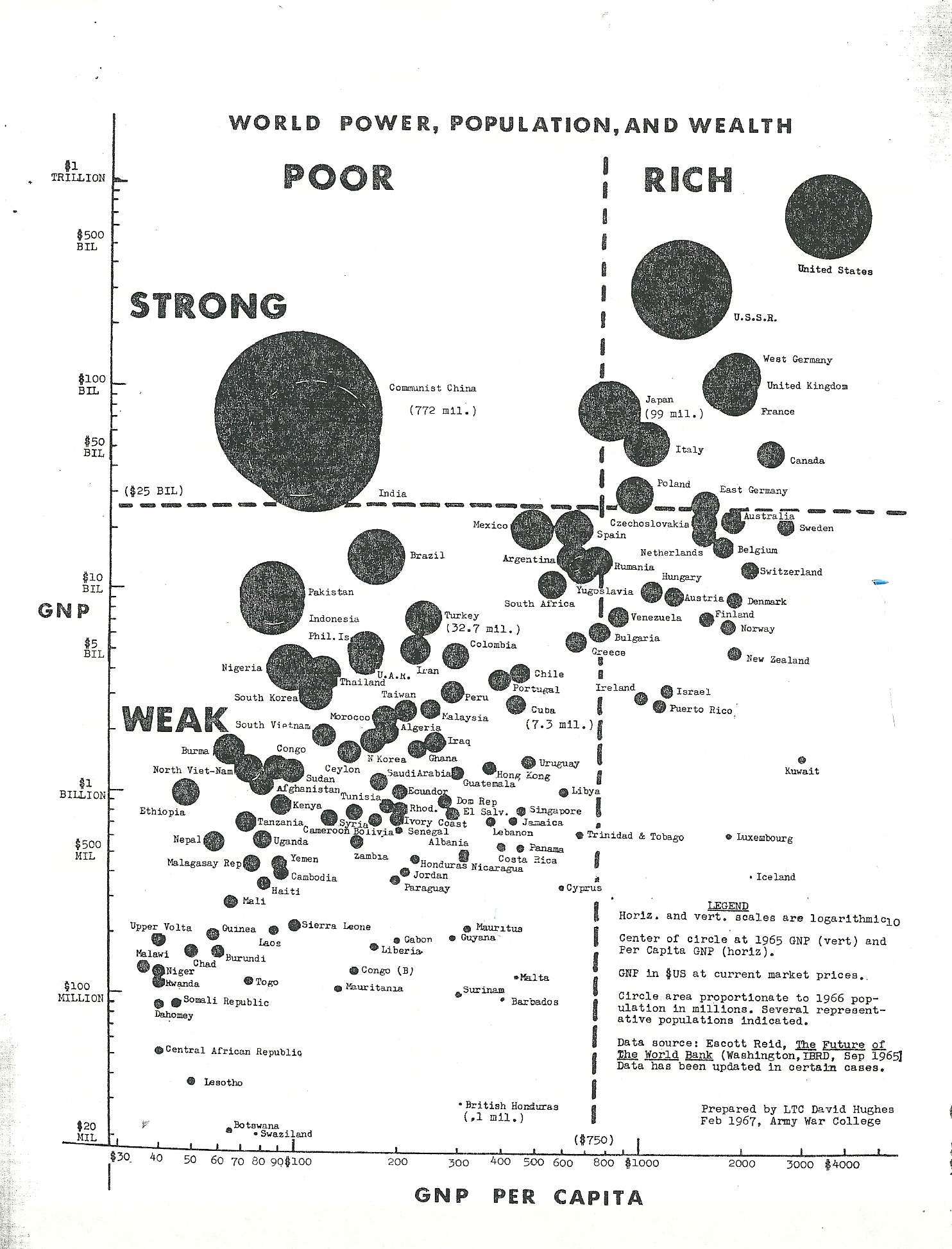- Details
- Written by dave
- Category: Army War College 1966-1967
- Hits: 4043
Study, Listen, and Produce
The Army War College is another pleasant year, with housing for all students and their families. All are Army officers of Lieutenant Colonel or Colonel rank, with some exceptions. Some State Department civilians are included, and a hand full of Navy, Marine, and Air Force Officers. The entire class is 100 or less. And all have been selected because they are considered among the brightest and best. Thirty seven to forty one or two years old.
The assignment is quite 'family friendly' as the wives and children, most all of school age, are together with lots of family oriented events, sports, outings. I cherished that because I knew that at the year's end I would be going to Vietnam, where the casualty rates were high, including, because of Air Mobile operations, officers through lieutenant colonels were vulnerable to Viet Cong and NVA efforts to shoot down helicopters during search and destroy missions - the bread and butter of anti-guerilla operations. I would be going off to war at the end of the year, and all that implies for family life.
The War College course consists largely in listening to lectures by senior officials in the Federal Service - most often with respect to current national affairs, lots of reading about 'national' affairs, discussing various subjects in small groups, and then doing at least one project aimed at making a National recommendation. While most of the students will top out their career as full colonels, perhaps a fourth to a third of the class will go onto be general officers, both in command or staff.
I already knew what my study topic would be - a more academic summary of the findings of the WINII study, but more importantly, my recommendations for a US and US Army strategy for waging such wars from the US viewpoint.
Circulation of such unclassified studies from War College graduates within US agencies and the Army had the potential of affecting US and Army warfighting policies. Since the Vietnam War was not going well, from the US government standpoint, and was being loudly and dramatically opposed by a portion of the American population, especially the '60s Generation' useful suggestions about how to deal with all the complex considerations in fighting such wars might be welcome.
Ironically, while many War College students in our class would work on making the case for advocacy policy topics internal to the Army, some dealt with the other end of the 'Spectrum of War' from Insurgency and Vietnam - the standoff with the Soviet Union over the nuclear deterrent.
One of my War College classmates was Colonel Danny Graham, West Point graduate who pursued a military career in Army Intelligence. At the War College in 1967 he selected, and advocated the anti-nuclear war program announced 16 years later by Ronald Reagan as 'Star Wars.' An anti-ballistic missle defense program. His later work on that propelled him to Lieutenant General (3 Star) rank, founder of the "High Frontier Foundation" and before he died of cancer in 1995 at 70, was greatly acknowledged and honored by President Reagan for his effective advocacy of SDI.
He is but one example of how the Army War College becomes a launching pad for many a steller national career even beyond Military.
Danny and I would sit in the same classroom with perhaps 10 other classmates, each of us giving lectures and defending our pet War College thesis before a very bright peer audience, he about post-nuclear deterrent - Star Wars and space - the highest point on the Spectrum of War - while I was arguing the nature of Insurgency and how the US should fight wars at the lowest level of the spectrum of wars.
In fact it was out of those debates and discussions that I decided, also, to create a new 'Spectrum of War' paradigm for the US, which had to deal with conflicts from the nuclear and ballistic, to the political insurgent among the poorest people on earth.
- Details
- Written by dave
- Category: Army War College 1966-1967
- Hits: 3738
My Spectrum of War Thesis
Probably the sharpest insight I got into how Insurgent War could be as important to the United States in the spectrum of war as was Conventional War came when I was trying to find a way to portray, graphically, where they each stood on the scale from guerilla insurgencies, through conventional regiment division fighting, to nuclear exchanges.
If one makes the X - vertical - scale show the 'MEANS' of such wars (ie from guerilla combat at the lowest), conventional war combat in the middle, and nuclear missiles and bombers at the 'top' end. One can then portray the Y axis as COSTS. With each war plotted out from the Y representing time from its beginning.
With Vietnam (insurgent level of Means) having already taken longer than WWII, at heavy, but prolonged, even if at a lower level of costs, and Korea (conventional means) having lasted just two years before the truce, with heavier costs, and Nuclear War, brief but very costly in its expenditure of what fissionable stockpiles were accumulated at great cost, one gets a new picture.
For the Vietnam War, projected out to 10 or more years costs MORE than the Korean War which was 2-3!
That puts the 'price' America has to pay for war in a realistic perspective, and gives counterinsurgency an important place in the Spectrum.
In my Army War College Study (Essay) I made my case why a visual 'Spectrum of War' was necessary. It was expressed in my conclusion,


As you can see, Vietnam started as an Insurgency - in the lower spectrum of war. But as it continued, it not only escalated into the Conventional (Limited) War level AND it was costing more than the Korean Conventional War!
- Details
- Written by dave
- Category: Army War College 1966-1967
- Hits: 3798
My Final Military World View
All my work in the Pentagon demonstrated that a major form of future wars for the United States would be prolonged, often costly, Insurgenciesm in which the economic, social, political Development was as, and sometimes more, important than the cumulative effect of just military firepower and numbers of troops. Secretary McNamara gave that thesis legs in ways I could never have,
That led to my thoughts at the Army War College about a new portrayal of the Spectrum of War to make is easier for people to grasp the relative importance of the Insurgent form of War - particularly its costs-over-time.
But another major realization happened in my mind. And that is that the 3d World can wage protracted Insurgent war because of those countries populations - large fractions of which can be recruited to wage war against their regime. While advanced nations have to rely on few numbers of trained military men in uniform fighting. That the asset of PEOPLE is what 3d world nations can rely on, to offset the superiority of costly weapons and the funnelling of money into the war effort.
So, using World Bank statistical data I arrived at this new World View, of people, power, and wealth.
This chart in which the Gross National Product - GNP - of a nation, which is a measure of its Wealth, and its Per Capita Income, which is a measure of its economic strenght, gave a lot of Washington Policy Makers to whom I sent this chart, and the accompanying explanation of what is shows and means, a new way to look at the world.
y
With that new view of the World's Power, Population, and Wealth, my effort at the Army War College to provide the world, and Army Military Planners fresh ways to see how the world has changed since WWII as a War, was finished.
US Naval Institute Proceedings
I also, besides trying to influence Washington War Planners, submitted a 12 page article to the prestigious United States Naval Institute Proceeding - read by Naval Officers world wide. They accepted it. It was titled "Contingency Planning:A New Perspective." It was the lead and major professional article in the November 1968 Issue, together with all its Spectrum of War Cost/War Charts. I was long gone to war in Vietnam before it was printed. You can read it as a PDF file at
Gone from the Pentagon
I was on orders to Vietnam. So our family chapter at the Army War College ended. And we all packed to go back to the house we owned in Annandale Virginia, where my wife and children would live, while I went, again, to fight a War.
To continue with my Military Years click… NEXT, Vietnam War (1)
